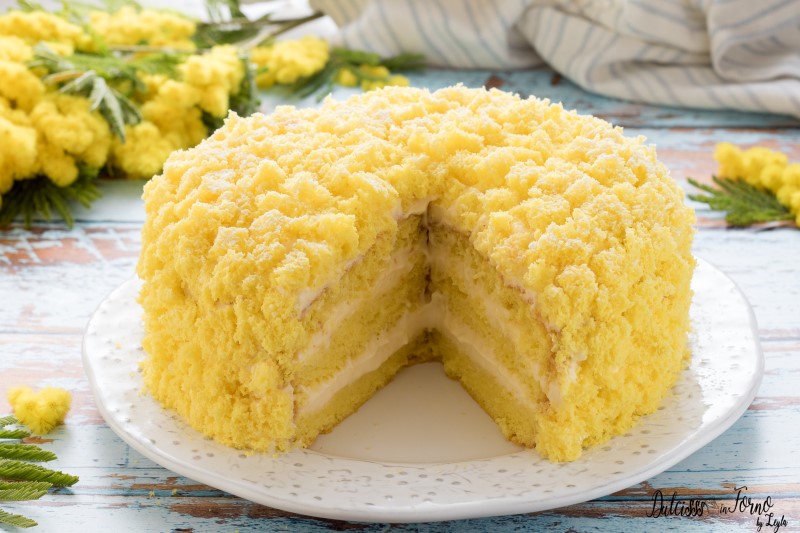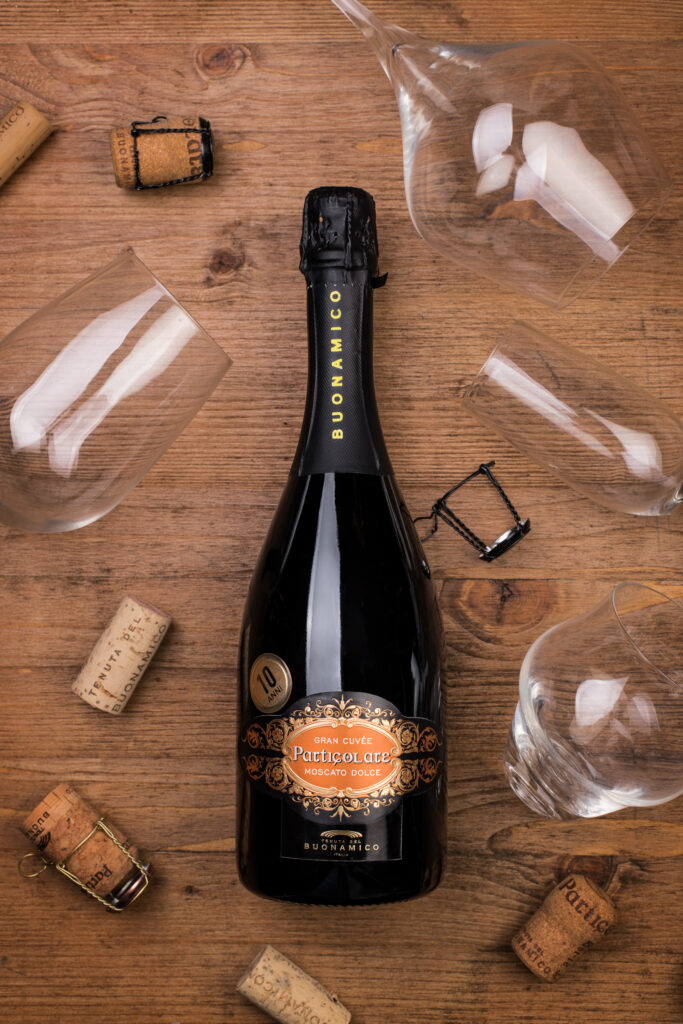The International Women’s day
March 8 is women’s day. But where does this tradition come from? This holiday is usually connected to two distinct events. The first dates back to March 1911, the year in which a group of workers from a New York textile industry called a strike to protest against unfair working conditions. To stop the protest, the owners of the company decided to close all the exits of the factory. Unfortunately, a fire broke out that killed 134 women, many of them immigrants who had moved to America to try to improve their living conditions.
The second event, on the other hand, is linked to the First World War, during which a revolution took place in Russia in the month of February: not only men, but also many working women took to the streets to protest against the tsar, and this is why reason why this date is remembered as fundamental for the emancipation of the female gender. The real event that gave rise to International Women’s Day, however, dates back to 1909, when the American Socialist party, following many movements organized to demand greater rights, and in particular that of voting, launched the idea of a day dedicated to the importance of women in society. This day, which was celebrated on February 23, was revived by the activist Clara Zetkin in 1910 during the second International Conference of Socialist Women in Copenhagen. Starting from this event, each country began to choose a date to dedicate to women, until a unified date was chosen in 1921, and the choice fell on March 8, in reference to the Russian revolution.
On March 8, 1946, the all-Italian custom of giving a mimosa as a gift for Women’s Day appeared for the first time, not only because it is a plant that is easily found in this period, but also because it was chosen by three members of the Italian women union, Rita Montagnana (wife of Palmiro Togliatti), Teresa Noce and Teresa Montagnana, as a symbolic flower to give to women. It was the flower that the partisans gave to the relay races, it could be collected in bunches and for free. During Fascism it seems that the tradition of bringing a large bouquet of mimosas to factories had spread, from which it was possible to take a small sprig to give to a work colleague and friend, to represent the closeness and solidarity between the women who fought together to obtain rights. Symbolically, the mimosa flower is made up of many dots, numerous singularities that make up a collective.

What better dessert, then, to pay homage to a woman than the Mimosa Cake? This dessert was created in 1962 by Adelmo Renzi, a chef originally from San Filippo di Contigliano and owner of a restaurant in Rieti, who invented this cake and presented it during a pastry competition held in Sanremo, to pay homage to the city of flowers. The name of the cake is linked to its appearance, made up of pieces of sponge cake put on the cake to recall the shape of the mimosa flower. In fact, the preparation requires cutting a slice of sponge cake and removing the inner part, even wet with a sweet liqueur such as marsala or maraschino, and reducing it to crumbs to be placed on the surface of the cake. According to other versions, the sponge cake can also be wetted with pineapple juice. The cake should be filled with custard, with the addition of cream or jam.
The Tenuta del Buonamico offers a sweet Moscato Spumante, perfect in combination with this type of cake, and which could be the ideal complement to celebrate with friends or to pay homage to your lady.

The Spumante Particolare Dolce is a sparkling wine obtained from must fermented directly in an autoclave, where, thanks to selected yeasts, there is an excellent second fermentation. After the 120 days necessary for the fermentation, there is almost immediate filtration, to preserve its natural freshness. Bottling is preceded by a few weeks of aging in an autoclave, and followed by a further small aging in the bottle. Straw yellow color with beautiful greenish hues, the nose is intense and persistent, with hints of muscat grapes, sage, honey, orange blossom, exotic fruit and nutmeg. On the palate it is fresh, soft, floral, with an intense, pleasant flavour, with a long taste-olfactory persistence and a fine and elegant perlage.
To be tried, served at the optimal temperature of 8-10°, as an accompaniment to buttery and aromatic leavened dough desserts, such as the Milanese panettone, the Easter colomba and the Verona pandoro, or with sponge cakes or semifreddos with white-fleshed fruit, with cream and sultanas, eggnog, panna cotta, tiramisu, must biscuits with raisins. Also try it with hard-grained cheeses, for an unusual combination.
Serve it at the end of the meal with the mimosa cake and you will make a great impression. And remember that women shouldn’t be celebrated only on March 8, but every day of the year!

